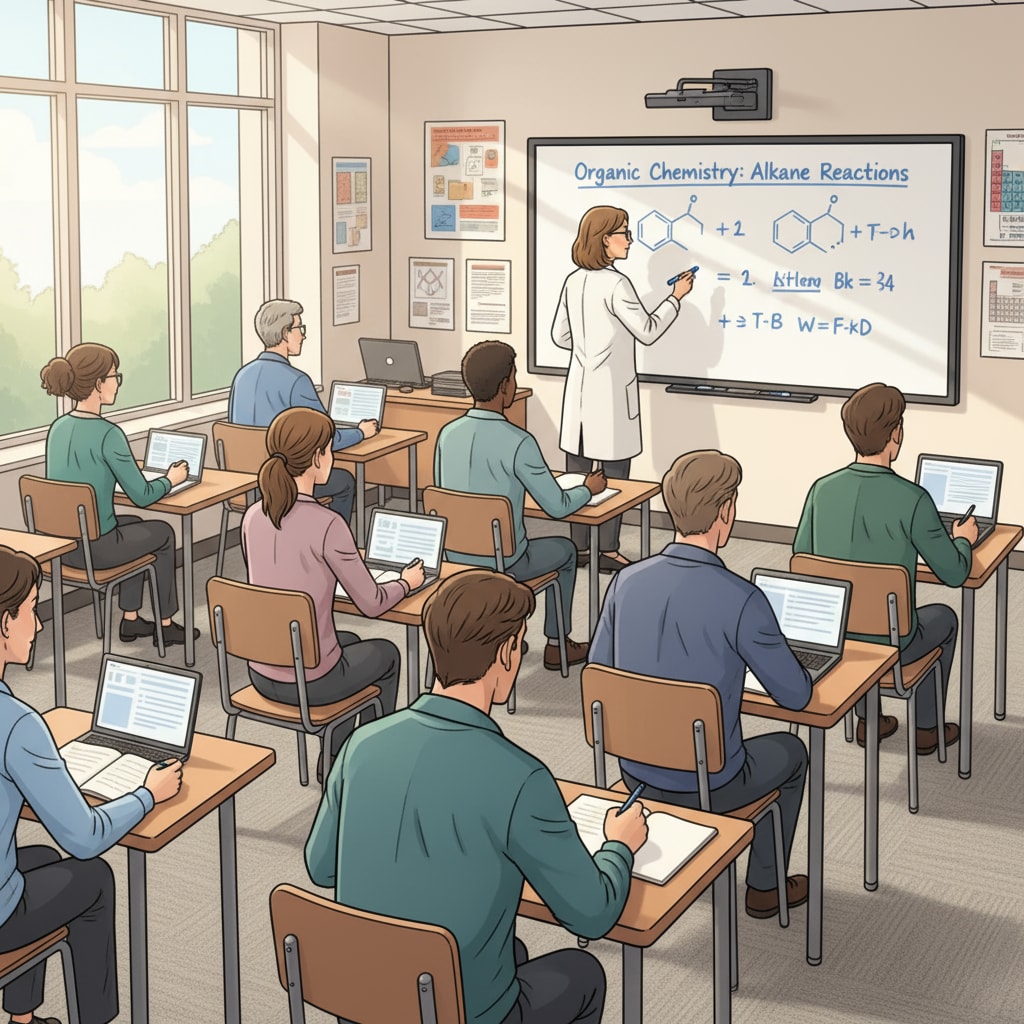Making decisions about university schedules, class time slots, and daily routine choices is a crucial part of a freshman’s journey. The choice between morning and afternoon classes can significantly influence a student’s academic performance and overall college experience.
The Allure of Morning Classes
Morning classes, typically held from 9:00 – 12:00, come with several advantages. Firstly, for students who are early birds, the morning hours are when they are most alert and focused. According to Psychology Today, our cognitive abilities are often at their peak in the morning, making it an ideal time to absorb new knowledge. For example, students taking complex math or science courses may find it easier to understand difficult concepts during this time. In addition, having morning classes allows students to have the rest of the day free for study, extracurricular activities, or part-time jobs. This provides a structured start to the day, setting a productive tone.

The Appeal of Afternoon Classes
On the other hand, afternoon classes, from 16:00 – 19:00, also have their merits. Some students are night owls and find it difficult to function optimally in the early morning. For these individuals, afternoon classes offer a chance to be fully engaged when they are at their best. Moreover, afternoon classes can provide a buffer between the morning routine and the evening activities. Students can use the morning to catch up on sleep, review previous materials, or relax. As a result, they can enter the classroom feeling refreshed and ready to learn. According to Education Corner, students with different biological rhythms may benefit more from afternoon classes.

When making the decision between morning and afternoon classes, students should also consider their long-term academic and career goals. For those aiming for internships or research opportunities, having a flexible schedule in the morning or afternoon can be crucial. They may need to attend interviews, meet with supervisors, or conduct experiments during specific hours. Therefore, understanding how class times fit into their overall plans is essential.
Readability guidance: As seen above, we’ve used short paragraphs to present ideas clearly. For each H2 section, we’ve provided key points. The use of active voice is prominent, and we’ve evenly distributed transition words like “firstly”, “moreover”, and “therefore” to enhance the flow of the article.


